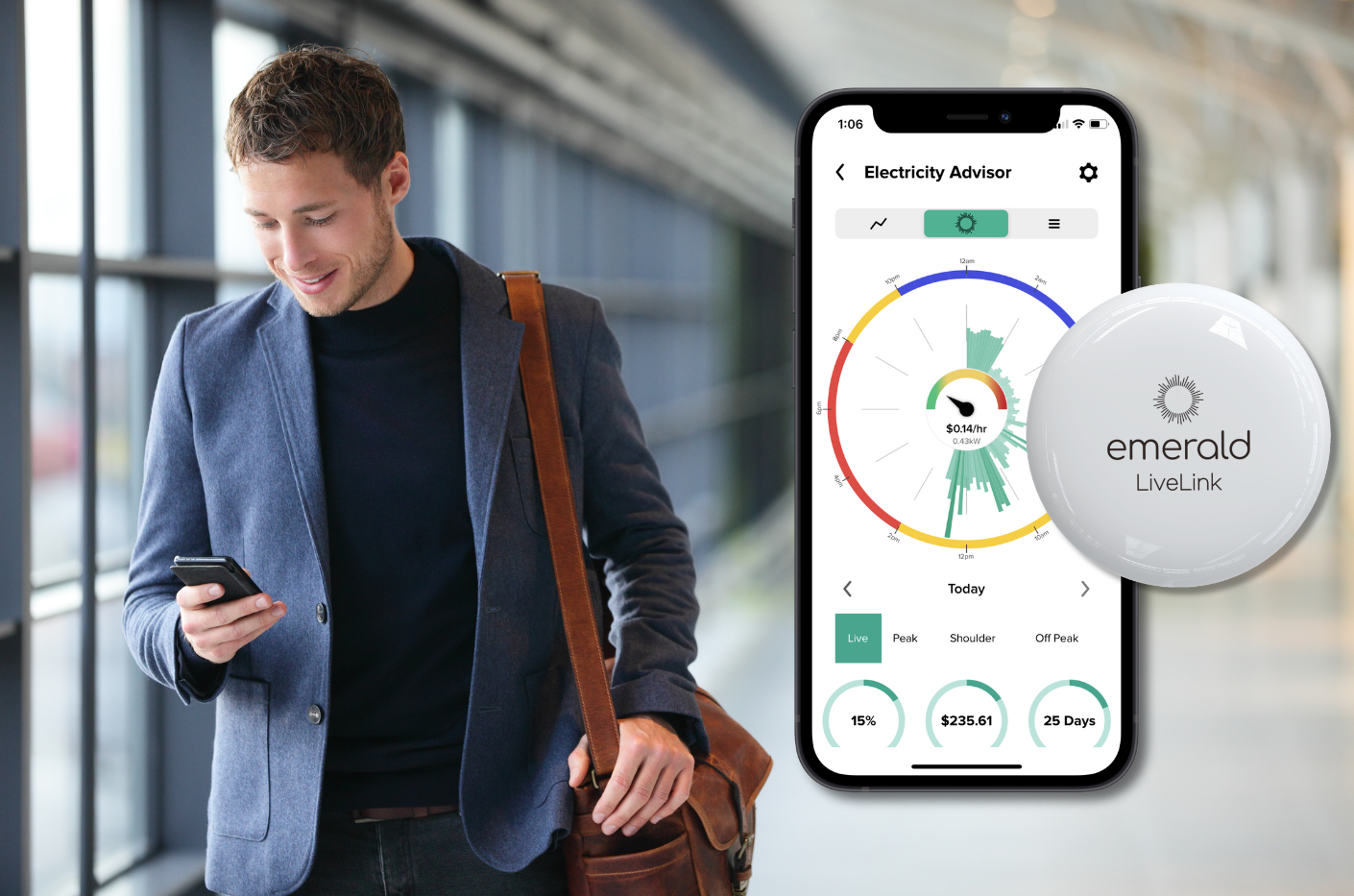
Understand Your Electricity Bill and Beat the Rising Costs
Have you ever been caught out by a higher than expected electricity bill? Well, you’re not alone. So many factors go into deciding what you pay for electricity, including your provider, where you live, and the type of contract you are on. To help you save electricity and reduce your electricity bills, we’ve put together this guide to help you understand your bill and help reduce it.
What’s in my Electricity Bill?
The first step in saving money and being smarter with your electricity usage is understanding what’s in your electricity bill. While the specifics of your bill may differ depending on which energy provider you are with, the general information contained in it should be the same. Here’s what’s inside:
Like most official documents, your electricity bill will usually start with your name, account number, and contact information like your home address, email address or phone number. It’s a good idea to keep a bill with your account number handy in case you do need to contact your electricity provider.
Also likely to be at or near the top of your bill is the outstanding amount on your account. This is typically the amount owing since your last bill, although it can also reflect any credits remaining on your account.
Your bill will also have the billing period and due date of your balance. It’s worth keeping track of your billing period so you can plan ahead and avoid getting caught out by any late fees if you miss your payment date.
Importantly, your electricity bill will also include details on your power usage for that billing period. This section is typically broken down into two parts — a reading of your home’s electricity metre and usage calculation figures. The main things to note here are the metre figure (including whether it’s an actual or estimated reading) and the components that make up the usage calculations — usually a daily charge for supplying the home with electricity as well as a usage charge for the units of electricity you have used. More on that below.
How is my Electricity Bill Calculated?
Now you know what’s on your bill and how that relates to the amount that you are charged each period, let’s take a closer look at how your bill is calculated. As mentioned above, Australian power bills generally include two charges — a supply charge and usage charge.
The first component of your electricity bill is the supply charge. This is a fixed charge for maintaining power to your home that is applied for every day in the billing period.
The usage charge makes up the remainder of your bill. This is a fluctuating charge based on the amount of energy you use, and, depending on your provider and the contract you have entered into, the time of day you use it. Most contracts will use either a flat rate or time-of-use tariff. While a flat rate tariff charges you the same rate regardless of when you use electricity, a time-of-use tariff will take peak periods into account and charge you more or less depending on when you consume power. If you’re not sure what sort of tariffs you are paying for, reach out to your provider for a copy of your contract.
What are Peak, Off Peak and Shoulder Periods?
While those on flat rate tariffs generally don’t have to worry about peak periods, those on time-of-use tariffs should read on. While the definitions (and the corresponding pricing) for peak, off peak and shoulder periods vary by state and by provider, here is some general information to use as a guide.
Peak periods are when there is the most strain on the power grid, and, to help balance supply with demand, electricity providers will charge more to users on time-of-use tariffs. On average, peak times for electricity usage are between 3pm and 9pm.
Off peak periods are times with the lowest demand, where providers will typically offer a better value rate to help balance the demand for power throughout the day. Off peak periods tend to be from around midnight to 6am.
Shoulder periods are everything in between, where the price for electricity usage will be between that in the peak and off peak periods.
How Does My Usage Compare to Other Households?
Knowing how the energy used in your home compares to other households is a great way to benchmark your usage and decide whether you should cut down. In some states, energy providers list the consumption of other homes in your area on your bill. If you don’t see these figures, try this handy electricity consumption calculator.
Tips to Save Money and Electricity
Your ability to save on your electricity bill will depend on what sort of contract you are on. While the cost from the supply charge is fixed, if your contract includes a time-of-use tariff, there are strategies you can use to save electricity while reducing your bill.
One of the best ways to do this is to take advantage of off peak pricing. If you can, schedule any large appliances like dishwashers and washing machines to run overnight when energy costs will be lower. Likewise, making an effort to charge devices like phones and computers and run pool pumps during off peak periods can have a significant impact on your bill.
If you live in Victoria, you could qualify for the Victorian Government’s $250 energy bonus for homeowners. Learn more…
Tips for Homeowners with Solar Panels
If your home has solar panels, you can easily use them to your advantage and help minimise the amount of electricity you need to take from the grid. The best way to do this? Figure out when your panels generate the most electricity and run your energy-guzzling appliances during this time. This will ensure that your home is getting the maximum benefit from your solar panels and minimising the amount of power you send back to the grid. As a rule of thumb, north-facing panels generate electricity between 10am-3pm, east-facing panels between 8am-11am, and west-facing panels between 2pm-6pm.
Monitor your energy usage
One of the best ways to reduce your power bills is to track your energy usage. The emerald EMS app enables you to track your usage from your phone with energy usage stats and weekly reports. You can also set an energy budget to see how your usage is tracked compared to your budget. With extra data insights, you can take control of your electricity usage and save money on your electricity bills.


